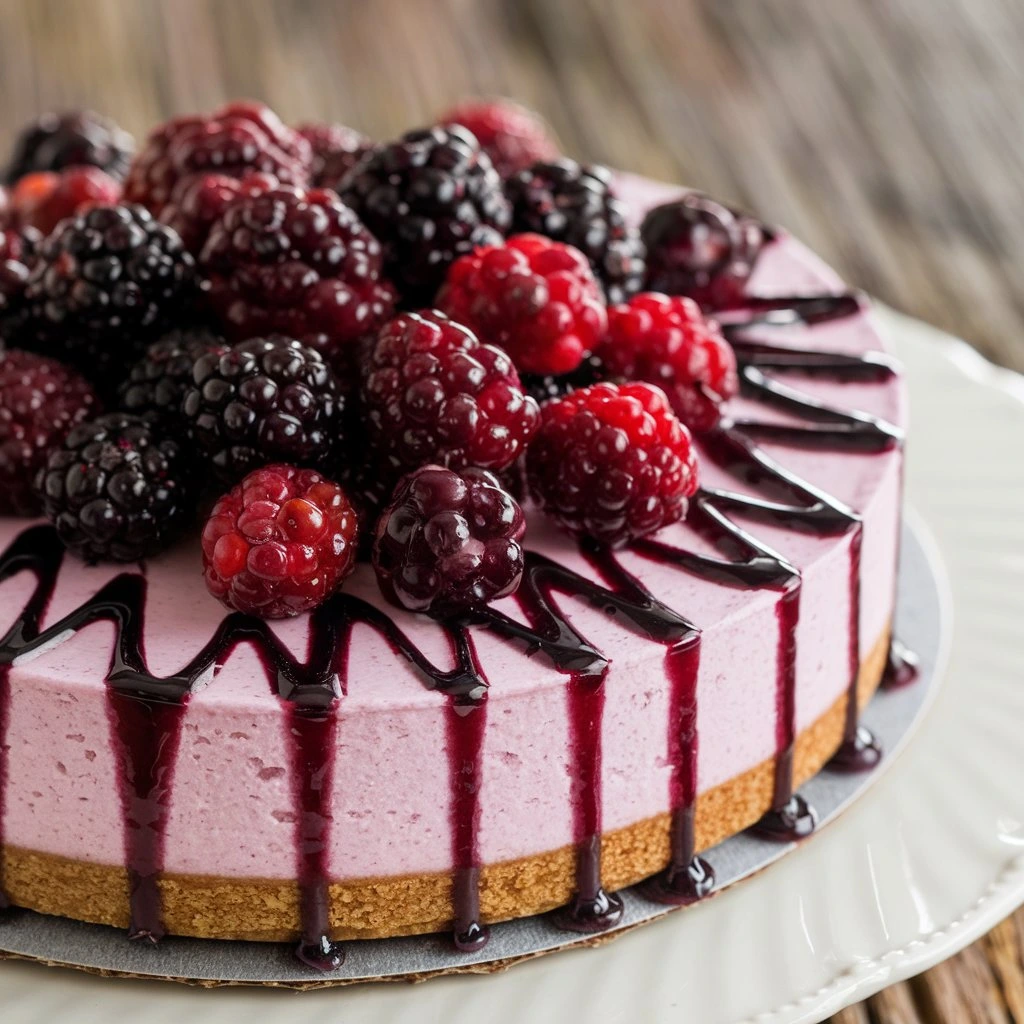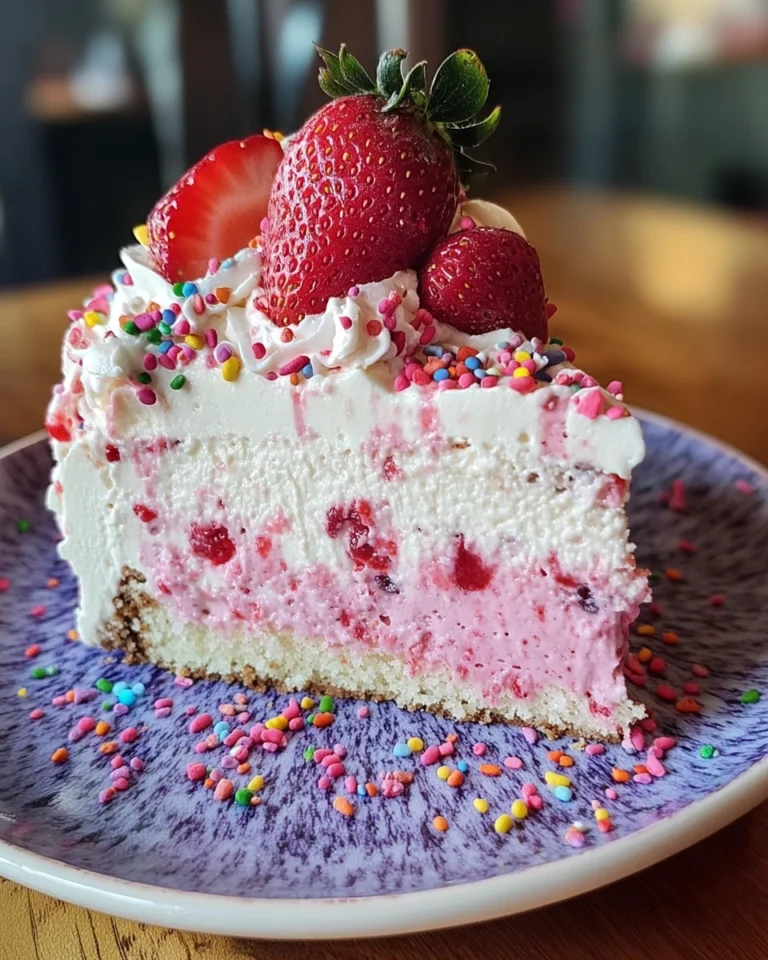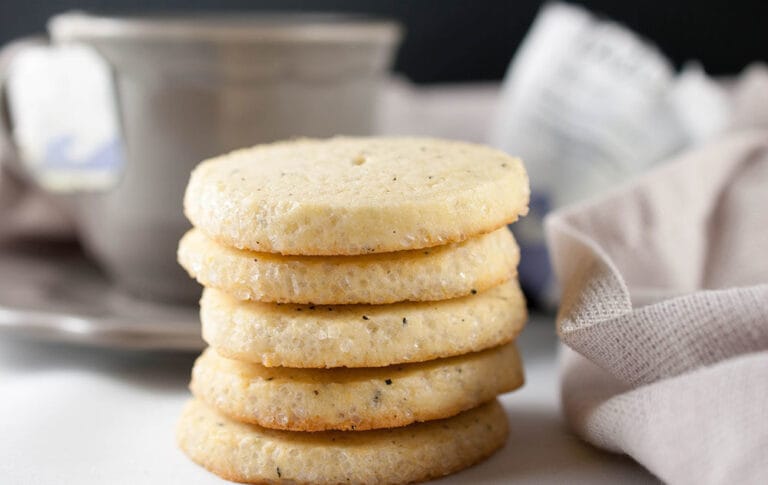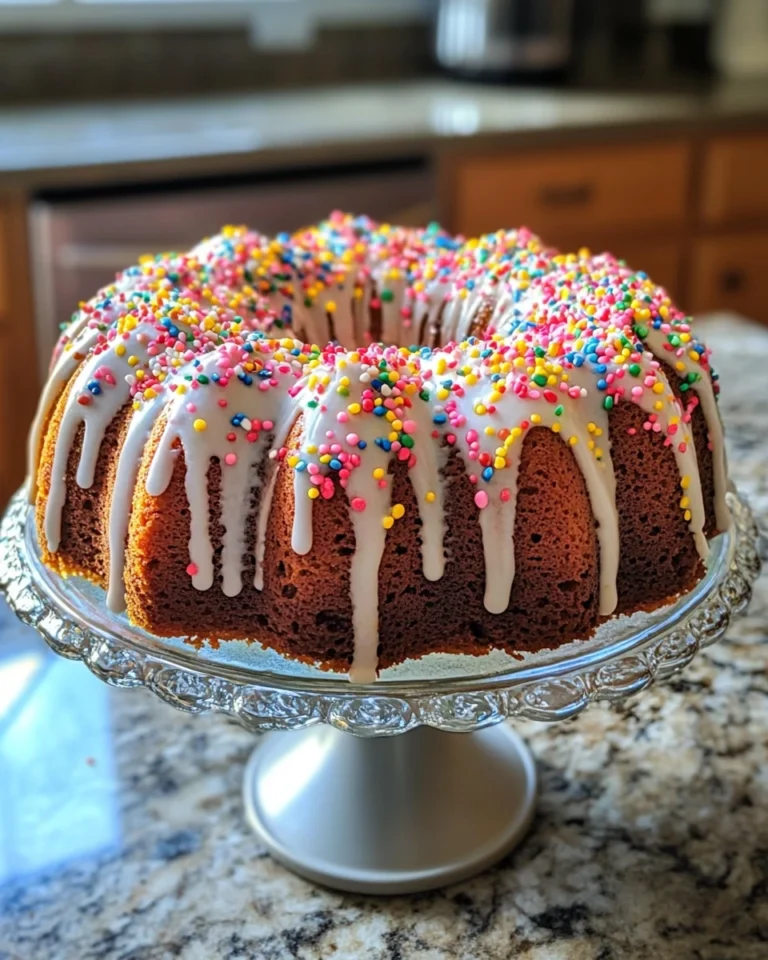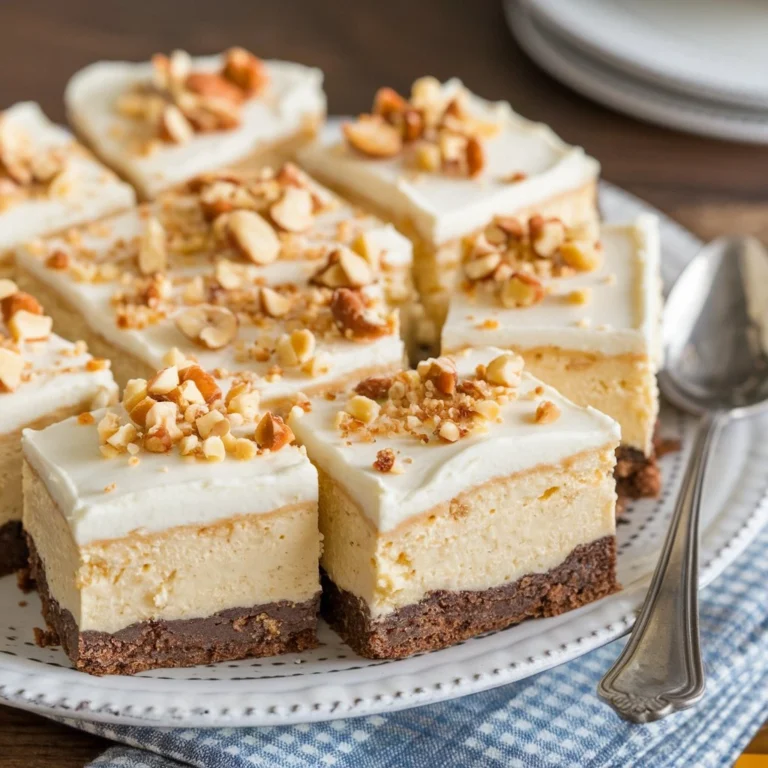Why is Cheesecake Not Creamy?
Why is Cheesecake Not Creamy?
A perfectly creamy cheesecake is the ultimate goal for many home bakers. The smooth, luxurious texture is what makes cheesecake so indulgent and enjoyable. Yet, achieving that creamy texture is not always straightforward. Often, bakers end up with dry, dense, or grainy cheesecakes that miss the mark. In this comprehensive guide, we’ll explore the reasons behind these common issues and offer practical solutions to ensure your cheesecake turns out perfectly creamy every time.
The Importance of Creaminess in Cheesecake
The creaminess of cheesecake is what sets it apart from other desserts. Its rich, smooth texture is achieved through a delicate balance of ingredients, mixing techniques, and baking methods. When any of these elements are off, the cheesecake can turn out less than ideal.
Cheesecakes that lack creaminess tend to be dry, crumbly, or grainy, making them less enjoyable to eat. Understanding the science behind the ingredients and baking process is key to mastering the art of making a perfectly creamy cheesecake.
Why Texture Matters
Texture plays a crucial role in how we perceive taste and enjoyment in food. A creamy cheesecake feels indulgent and smooth, while a dry or grainy one can feel heavy and unsatisfying. Achieving the right texture isn’t just about following the recipe—it’s about understanding the science behind each step and knowing how to troubleshoot common mistakes.
Cheesecake is a custard-based dessert, meaning it relies on the gentle coagulation of eggs, dairy, and sugar to set. This requires careful attention to temperature, mixing, and baking time. When done right, the result is a silky, smooth texture that melts in your mouth.
Key Factors That Affect Cheesecake Creaminess
Several factors influence whether your cheesecake turns out creamy or not. Understanding these factors will help you identify and correct any issues in your process.
1. Using Full-Fat Ingredients
The most important ingredient in any cheesecake is cream cheese. Full-fat cream cheese is essential for achieving that rich, creamy texture. Many home bakers make the mistake of substituting with low-fat or fat-free versions, which can result in a cheesecake that is less smooth and more crumbly.
Why Full-Fat Cream Cheese Matters
Full-fat cream cheese has a higher fat content, which contributes to the richness and smoothness of the cheesecake. Fat helps create a luxurious mouthfeel by coating your tongue and providing a rich, creamy texture. When you use lower-fat versions, you lose that fat, and the cheesecake becomes more prone to drying out.
In addition to cream cheese, other ingredients like sour cream or heavy cream can help add moisture and softness. Sour cream is commonly added to cheesecakes to enhance the smooth texture, while heavy cream provides an additional layer of richness.
If you’re looking for a recipe that balances tangy and creamy, try this lemon blueberry cheesecake recipe, which uses both cream cheese and sour cream to achieve the perfect balance of flavors.
2. The Role of Eggs in Cheesecake Texture
Eggs are a crucial component in cheesecake, providing structure and helping the batter to set as it bakes. However, the way you incorporate eggs into the batter can greatly affect the final texture.
Adding Eggs Gradually
One of the key steps to achieving a creamy cheesecake is to add the eggs one at a time and mix them in slowly. Adding eggs too quickly or overmixing can introduce too much air into the batter, which leads to cracks and a grainy texture. Overmixing eggs can also cause the cheesecake to rise and then fall dramatically, creating an uneven texture.
Room Temperature Eggs
It’s also essential that your eggs are at room temperature when you add them to the batter. Cold eggs can cause the fat in the cream cheese to seize, leading to lumps and a less smooth texture.
3. Overmixing the Batter
Overmixing is one of the most common mistakes people make when preparing cheesecake batter. While it’s essential to combine the ingredients well, overmixing can introduce too much air into the batter. This excess air causes the cheesecake to puff up while baking and then collapse as it cools, leading to cracks and a dry, crumbly texture.
Mixing at Low Speeds
To avoid overmixing, use a paddle attachment rather than a whisk, and mix the batter on low speed. The goal is to combine the ingredients until just smooth, without incorporating too much air. This ensures the cheesecake remains dense and creamy.
For cheesecakes with interesting flavor combinations, consider trying this churro cheesecake fusion, which uses gentle mixing techniques to maintain the creamy texture while adding a layer of churro-inspired sweetness.
4. The Importance of Using Softened Ingredients
Before mixing, all of your ingredients—especially the cream cheese—should be softened to room temperature. Cold cream cheese can lead to lumps in the batter, which will prevent the cheesecake from achieving a smooth, creamy texture. When cream cheese is soft, it blends easily with other ingredients, ensuring a lump-free batter.
Other ingredients, such as eggs and sour cream, should also be at room temperature. This ensures that they incorporate smoothly and evenly into the batter.
Common Mistakes that Lead to a Non-Creamy Cheesecake
Now that we’ve covered the key factors that influence the texture of cheesecake, let’s look at some of the most common mistakes that lead to a non-creamy cheesecake and how to avoid them.
1. Using Low-Fat or Substitute Ingredients
As mentioned earlier, using low-fat cream cheese or substituting it with other ingredients like Greek yogurt or cottage cheese can drastically alter the texture of your cheesecake. These ingredients don’t have the same fat content, which results in a drier, more crumbly cheesecake.
Avoiding Substitutions
While it may be tempting to use lighter ingredients to make your cheesecake “healthier,” these substitutes will affect the texture and flavor. For the best results, always use full-fat cream cheese and avoid substituting other dairy products unless specifically called for in the recipe.
For a creative approach to using cottage cheese in desserts, you can explore recipes like those featured in this guide to cottage cheese recipes, though for cheesecakes, full-fat cream cheese is highly recommended.
2. Overmixing the Batter
Overmixing can introduce air into the batter, which results in cracks and a grainy texture. The key to a creamy cheesecake is to mix the ingredients just until combined.
How to Avoid Overmixing
- Use a paddle attachment on your mixer rather than a whisk, which is designed to incorporate air.
- Mix on low speed and scrape down the sides of the bowl to ensure all ingredients are evenly incorporated without overworking the batter.
- Avoid the temptation to beat the batter until it is “fluffy”; cheesecake batter should be dense and smooth, not light and airy.
3. Baking at Too High a Temperature
Another common mistake is baking the cheesecake at too high a temperature. Cheesecakes need to be baked slowly and gently to maintain their creamy texture. If the oven is too hot, the outer edges will cook too quickly, while the center remains undercooked. This can result in a cheesecake that is dry around the edges but still unset in the middle.
Baking at Low Temperatures
- Set your oven to 300°F (150°C) and bake the cheesecake on the middle rack.
- A water bath (also known as a bain-marie) is an excellent way to ensure even baking. The water bath helps regulate the temperature around the cheesecake, preventing the outer edges from overcooking.
For more details on maintaining creaminess during baking, check out this guide on using heavy cream in cheesecake, which explains how to keep your cheesecake smooth and rich.
4. Cooling the Cheesecake Too Quickly
Once your cheesecake is done baking, it’s crucial to cool it properly. Cooling the cheesecake too quickly can cause it to crack and dry out. After baking, leave the cheesecake in the oven with the door slightly ajar for about an hour. This gradual cooling process helps prevent cracks and allows the cheesecake to set evenly.
After the initial cooling period, refrigerate the cheesecake for at least 4-8 hours, or preferably overnight. Cheesecake needs time to firm up, and rushing this process can result in a runny or unset texture.
5. Skipping the Water Bath
One of the most effective ways to prevent a cheesecake from cracking and drying out is to bake it in a water bath. A bain-marie helps regulate the temperature around the cheesecake and provides a moist baking environment, which keeps the cheesecake from overcooking.
How to Set Up a Water Bath
- Wrap the outside of the cheesecake pan with aluminum foil to prevent water from seeping in.
- Place the pan in a large roasting dish and fill the dish with hot water until it reaches halfway up the sides of the cheesecake pan.
- Bake the cheesecake as directed, keeping an eye on the water level to ensure it doesn’t evaporate during baking.
How to Make Cheesecake Creamier
Now that we’ve covered what can go wrong, let’s focus on how to make your cheesecake creamier.
1. Use Full-Fat Ingredients
- Always choose full-fat cream cheese to ensure a rich and creamy texture. Low-fat alternatives simply don’t provide the same result.
- Sour cream or heavy cream can be added to the batter to enhance moisture and creaminess.
2. Mix with Care
- Use a paddle attachment to gently mix the batter without incorporating too much air.
- Make sure your cream cheese is fully softened before mixing to prevent lumps.
3. Bake at Low Temperatures
- Baking at a low temperature (around 300°F or 150°C) ensures that the cheesecake cooks evenly without drying out.
- Using a water bath will help regulate the temperature and keep the cheesecake moist.
4. Cool Gradually
- After baking, allow the cheesecake to cool slowly in the oven with the door slightly ajar for about an hour.
- Then refrigerate the cheesecake for at least 4-8 hours before serving to ensure it fully sets and develops its creamy texture.
Frequently Asked Questions About Cheesecake Texture
Here are some common questions that people ask about why their cheesecake isn’t creamy and how to fix it:
Why Does My Cheesecake Crack?
Cracks in cheesecake are usually caused by overbaking, cooling the cheesecake too quickly, or incorporating too much air into the batter. Using a water bath and allowing the cheesecake to cool slowly can help prevent cracks.
Why Is My Cheesecake Grainy?
A grainy cheesecake is often the result of overmixing or using low-fat cream cheese. Mixing the batter gently and using softened, full-fat ingredients will help achieve a smoother texture.
Why Is My Cheesecake Too Dense?
A cheesecake that is too dense may not have enough air incorporated into the batter. However, be careful not to overmix, as this can introduce too much air and cause cracks. Adding a small amount of sour cream or heavy cream can lighten the texture while keeping it creamy.
Why Is My Cheesecake Not Setting Properly?
If your cheesecake is runny or hasn’t set properly, it may have been undercooked or the proportions of liquid ingredients (like sour cream or heavy cream) were too high. Make sure to bake the cheesecake until it is just set in the center, and allow plenty of time for it to cool and set in the refrigerator.
Conclusion
Achieving a perfectly creamy cheesecake is all about balance—using the right ingredients, mixing gently, and baking at a low temperature. Avoiding common mistakes like overmixing or using low-fat cream cheese will help you create a cheesecake that is rich, smooth, and indulgent. With patience and attention to detail, you can master the art of making a cheesecake that is not only creamy but also delicious.
For more inspiration, explore these other creative cheesecake recipes, like the lemon blueberry cheesecake or churro cheesecake, which show how to balance flavors and textures for the ultimate dessert experience.

